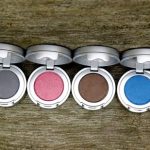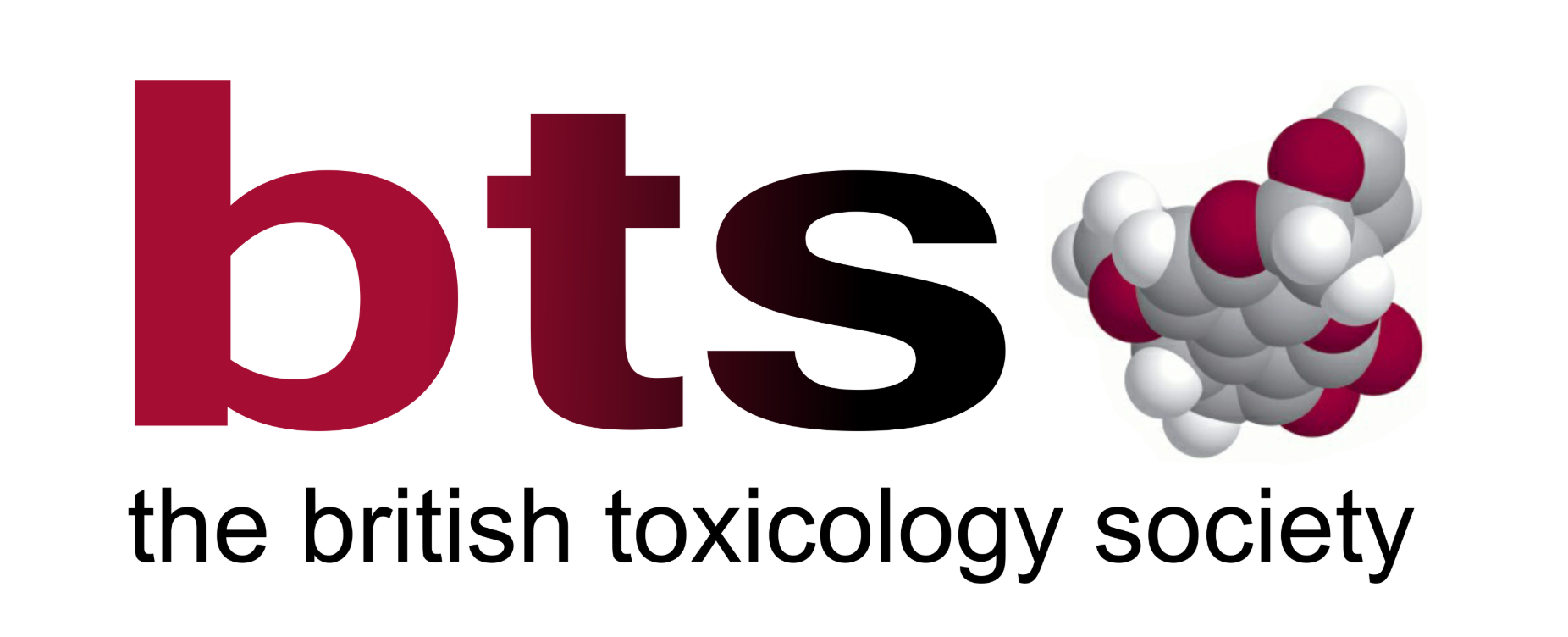Unveiling the World of Cosmetic Colour Ingredients
 Imagine a world devoid of cosmetic colour. Imagine there being no vibrant red lipstick, no striking blue eyeshadow, no soft pink blushes – just a boring, monochrome existence. In cosmetic products, colourants play a crucial role in transforming and differentiating products. These colours aren’t just random pigments thrown into a mix; they’re intricate compounds that incorporate physics, chemistry, and even biology to create a visual message. Here, we look at the world of cosmetic colour ingredients, exploring the types, creation processes, regulations, and everything in between.
Imagine a world devoid of cosmetic colour. Imagine there being no vibrant red lipstick, no striking blue eyeshadow, no soft pink blushes – just a boring, monochrome existence. In cosmetic products, colourants play a crucial role in transforming and differentiating products. These colours aren’t just random pigments thrown into a mix; they’re intricate compounds that incorporate physics, chemistry, and even biology to create a visual message. Here, we look at the world of cosmetic colour ingredients, exploring the types, creation processes, regulations, and everything in between.
Colourants 101
When you admire a lipstick shade or a shimmering eyeshadow, you’re appreciating the artistry of colouring cosmetics. Colourants are substances exclusively designed to add vibrant hues to products and enhance the human body’s visual appeal. These colours come to life through the absorption and reflection of visible light – a phenomenon blending science and aesthetics. Pigments are used both to colour the product to make it attractive to the consumer or to colour the body.
There are two primary categories defining cosmetic colourants: dyes and pigments. Dyes dissolve into product bases like water, oil, or alcohol. The synthetic versions are often considered superior due to their intense colour potency, outshining natural alternatives.
The other category of colourant is pigments, which are insoluble in their product base. They offer robust and long-lasting colour and are categorized into organic or inorganic variants. There are very few true organic pigments; most are made by precipitation onto another substance to make a “Lake”.
A Lake is produced when a soluble dye reacts with a metal ion which converts it into an insoluble substance. Note that the INCI name for a Lake is exactly the same as the INCI name of the dye e.g. Yellow 5 Aluminium Lake has INCI name CI 19140 and is also used for the soluble dye Yellow 5. Although the INCI name and the CI number are the same, there can be differences in the toxicity profile, and therefore the safety assessment has to reflect which one was used.
In the world of inorganic pigments, iron oxides (such as CI 77491, CI 77492, and CI 77499) are commonplace, contributing earthy hues. Another interesting example is CI 77007, a label which encompasses a family of Ultramarines, spanning shades from azure to violet.
Regulations: The Colourful Landscape of Compliance
Navigating the world of colourants isn’t without its regulatory complexities. Annex IV of the Cosmetic Regulation guides us regarding permissible colourant use in cosmetic products. Any pigmented ingredient absent from this Annex can’t be employed solely for colouring purposes. However, if such an ingredient serves another function, it’s not bound by this restriction. The CosIng database contains information regarding ingredient functions, guiding formulators throughchoosing the right ingredient.
Change is inevitable, and even colourants are subject to evolving standards. The process of amending annex entries necessitates careful consideration, involving reviews and commentary periods. A classic example is CI 77891 (Titanium Dioxide), an ingredient which has had numerous updates over time. It’s essential for suppliers to provide current documentation confirming purity compliance, ensuring the safety and quality of cosmetic products to the most current standards.
After Brexit, the UK adopted the entirety of the EU Annex, however, it’s possible that there will be divergence from the original Annex entries. Up to now there hasn’t been significant divergence and CPSRs produced by GCS comply with both jurisdictions.
Decoding INCI Names: The Language of Colour Ingredients
The world of colourants has its own language, and INCI names are its vocabulary. Most colourants adhere to the CI nnnnn format, where CI signifies Colour Index followed by a five-digit number. While Mica has a CI number (CI 77019), its official INCI name remains ‘Mica.’ Similarly, for Tin Oxide the CI number (CI 77861) isn’t used.
Notably, a few colourants don’t use CI numbers, including Carbon Black, Lactoflavin, Caramel, Capsanthin (derived from paprika extract), Beetroot Red, Anthocyanins, Aluminium Stearate, Zinc Stearate, Magnesium Stearate, Calcium Stearate, Bromothymol Blue, Bromocresol Green, and Acid Red 195.
Labelling Colours: Label Ingredient Listing
The Cosmetic Regulation allows decorative cosmetic products like eyeshadows, blushes, and foundations to list all colourants within a range. These listings require the use of ‘may contain’ or the +/- symbol.
Colour Creation: Manufacture of Pigments and Dyes
Some colours are mined, such as iron oxides, titanium dioxide, and mica. Mining isn’t without its challenges, as heavy metal contamination can occur. Rigorous processing and testing transform these raw materials into cosmetic-grade raw materials, ensuring their safety and purity. If your colourant is unexpectedly cheap, this may be because it is not cosmetic-grade material.
Synthetic dyes, on the other hand, undergo chemical synthesis, resulting in highly pure, vibrant colours. The EU Cosmetic Regulation often aligns with food purity requirements, characterised by E-numbers for identification. The United States, whose history is marred by colourant safety issues, upholds stringent regulations. The colourant is named with a FD&C (Food, Drug And Cosmetic) or D&C (Drug & Cosmetic) number and each batch produced has to be traceable back to the source.
During manufacture, colourants may contain impurities or processing aids (often listed on the Safety Data Sheet). These, however, don’t need to be listed in the ingredient listing, as they are not intentional additions.
Pearlescence (Mica)
For a pearlescent look, look to mica. Pigments are layered on top of mica bases, and the possibilities are endless. Titanium dioxide coated onto mica plates at various thicknesses provides a spectrum of effects and colours. Additional pigments expand the possibilities and choices. There are also mica substitutes available such as Synthetic Fluorphlogopite and Calcium Aluminium Borosilicate.
Challenges
Some hues may fade under sunlight, a concern addressed through UV-absorbing additives or opaque packaging. Natural dyes occasionally carry an odour which necessitates the use of masking scents. Microplastic glitter, once ubiquitous, has now been repalced with biodegradable ‘bio-glitters,’ due to the environmental consequences of microplastics. Glitter used to be made using coated sheets of a polymer such as polyethylene, which is then chopped into extremely small pieces to provide different grades and sizes of glitter. The bio-glitters use a biodegradable base structure onto which pigments are coated.
Particle size variation can present another issue, with some colourants defined within the nanoparticle classification. Carbon black, titanium dioxide, and zinc oxide, while often used as UV filters, possibly fall into this category. Suppliers’ documents are vital for clarifying particle sizing.
Purity
Purity requirements are essential to colourant safety. Compliance with Annex purity criteria rests on the suppliers’ shoulders, as intricate supply chains can lead to tricky verification. Notably, the US FDA and EU/UK set distinct limits, with permitted colours sometimes differing between the regions.
There are many colours that are listed for rinse-off use only, and therefore cannot be used in any product that is going to be left on. Another subset is for colours which should not be used in products applied to the mucous membranes (eyes, mouth or genitalia), or are not permitted for use in eye products specifically. Some colourants also have a maximum amount permitted for use.
References
EC1223/2009 Cosmetic regulation – Regulation (EC) No 1223/2009 of the European Parliament and of the Council of 30 November 2009 on cosmetic products (europa.eu)
Annex IV – ANNEX IV Cosmetic Products Regulation – LIST OF COLORANTS ALLOWED IN COSMETIC PRODUCTS
CosIng database – CosIng – Cosmetics – GROWTH – European Commission (europa.eu)
EC 231/2012 – food purity regulation EUR-Lex – 32012R0231 – EN – EUR-Lex (europa.eu)
About the Author

Geraldine Garrs is a member of the Royal Society of Chemistry, CTPA, British Toxicology Society and the Society of Cosmetic Scientists. Geraldine is an independent Cosmetic Safety Assessor and Chartered Chemist with over nine years of experience helping more than 700 brands ensure their cosmetic products are safe and compliant. She specialises in preparing Cosmetic Product Safety Reports (CPSRs) for UK and EU. Geraldine is passionate about supporting small cosmetic businesses and simplifying complex regulations. Learn more at www.generalcosmeticsafety.co.uk
Get in Touch
If you’d like to discuss any of your products or ranges, please use the contact form here.
Qualifications: CChem (Royal Society of Chemistry). MSc (Distinction), University of Strathclyde, BSc (Hons) Chemistry, University of Nottingham and Certificate – Safety Assessment of Cosmetics in the EU, Vrije University Brussels





